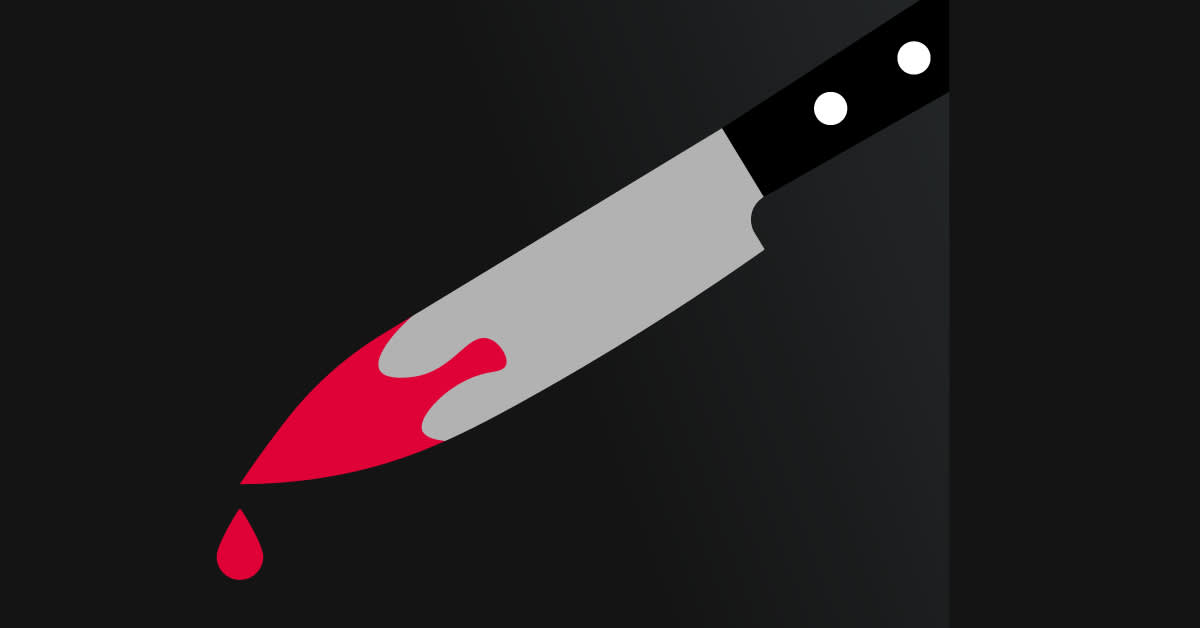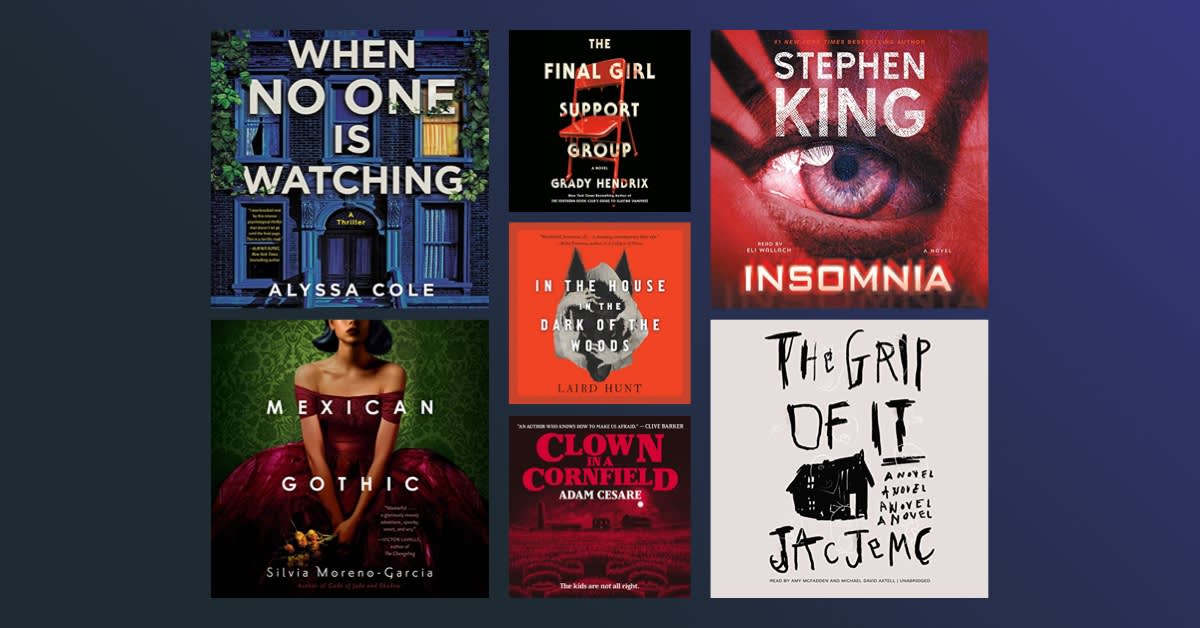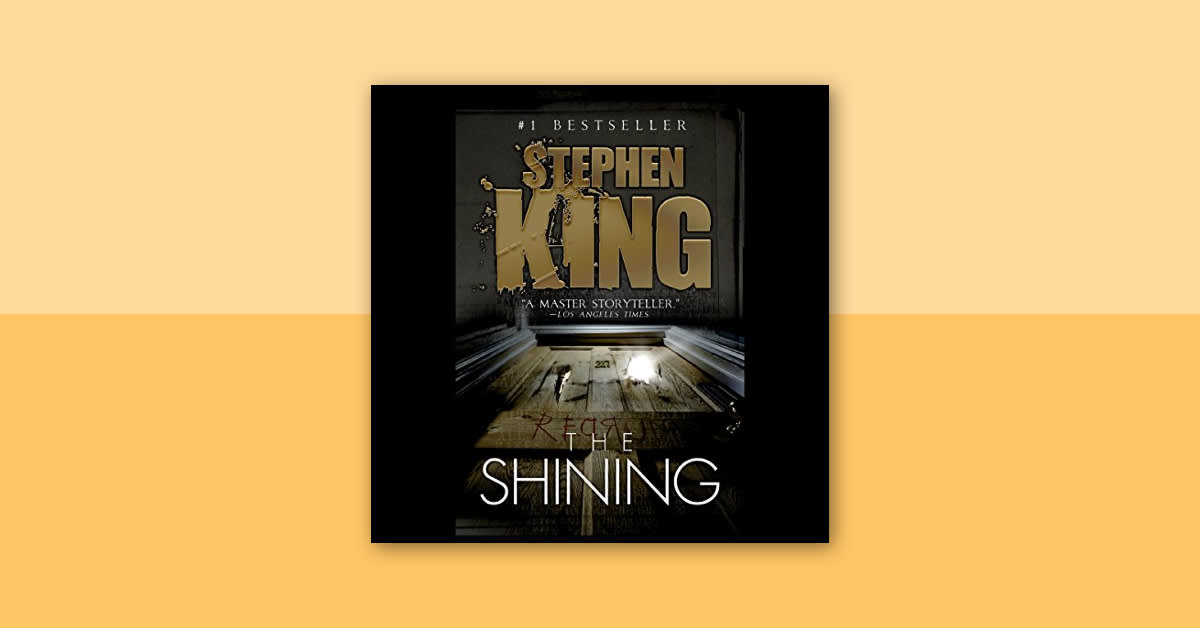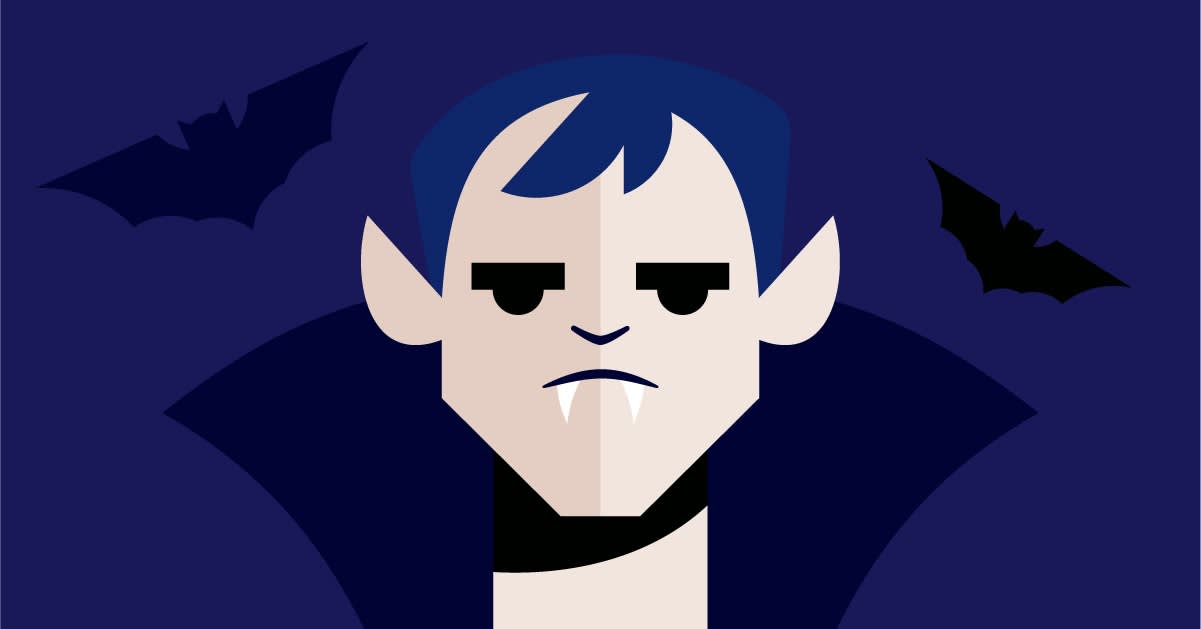Though I love all things spooky, I can be a bit of chicken when it comes to horror movies, stopping just short of toting a blanket to cower under to the theater. Though I read and listen to innumerable works of wild, weird horror with reckless abandon, there’s something about the visual medium that sets my anxiety into overdrive. The dread of imminent jump scares leaves me with sweaty palms, while the horrific images remain stubbornly fixed in my memory, making guest appearances in nightmares for years to come.
Nevertheless, as a scaredy-cat with an affinity for the eerie, I have to get some seasonal thrills somewhere. Enter the slasher—a classic subgenre of horror that ruled the big screen in the late 70s through the mid 80s. Unlike the disorienting unease wrought by psychological horror or the chilling realism of found footage, the slasher’s reliable tropes and formulas lend a bit of familiarity, while its menacing killers and shocks of violence still offer plenty of scares.
So if you're up for a bit of that spine-chilling, lock-your-doors and look-over-you-shoulder paranoia, don't miss this list of our favorite slasher horror audiobooks, which capture the genre’s signature thrills—and that fierce fight to survive to the sequel.
Before we jump into horror fiction, it's worth examining why exactly we fear those things that go bump in the night—even when we know goblins and ghouls aren't really hiding in the shadows. In this Great Courses masterclass, Shannon Scott examines how writers and filmmakers wield our anxieties to earn every cringe and shriek. Exploring the horror genre as a whole, Scott delves into how popular scary movies and books reflect our sociocultural state while also setting out to entertain and thrill. An experienced lecturer who also has a technical degree in filmmaking and writes short horror stories, Scott brings both an engaging tone and high level of expertise to her examination of your favorite films and literature, looking closely at both the monsters that lurk in the shadows and those that hide within us.
There are few contemporary horror writers who do it quite like Stephen Graham Jones. The author of smart, terrifying, and trope-transcending works including The Only Good Indians and Mongrels, Graham Jones has a knack for crafting scenes that feel so real, so truly imbued with terror and panic, that listening can rival the thrill of your favorite spooky movie. His latest, My Heart is a Chainsaw is a must-listen for any slasher enthusiast. Horror-obsessed teen misfit Jade Daniels spends her days winding an imagined, twisted history of her hometown to escape the traumas of her past. But when blood does spill in the streets of Proofrock, Jade's area of expertise promises to foretell the plot about to unfold.
Each of the titular "Final Girls" in Grady Hendrix's homage to one of the genre's most steadfast tropes acts as a mirror for horror heroines of the silver screen. There's summer camp slaughter survivor Adrienne, Texan cannibal-dodging Marilyn, fierce former babysitter Dani, Dream Killer-escapee Heather, and Julia, a survivor of slayings perpetrated by her boyfriend and his friend. Our heroine and narrator, Lynette, the sole survivor of a Christmas-day murder that left her entire family dead, will feel familiar to anyone who's seen cult classic Silent Night, Deadly Night. When one member misses their scheduled group session, Lynette's worst fears are realized. It seems someone with intimate knowledge of their anguish is hunting them down, one by one. Can they survive once more?
One of the most terrifying recurrences in the slasher subgenre is home invasion conceit. After all, our homes are where we are supposed to feel secure, free from the threats that lurk outside our locked doors. It's what makes Michael Myers appearing out of dark hallway or Ghostface's arrival at a high school party so frightening—if we're not safe from monsters and bogeymen in our homes, can we ever really outrun them? Stephanie Perkins plays with the voyeuristic approach of a killer on the hunt in There's Someone Inside Your House, a contemporary thriller that sees Nebraska teen Makani Young racing from the clutches of a brutal murderer preying on her peers.
The classic era of slasher films is a cultural phenomenon inextricable from the decade or so in which they released, so it tracks that alongside the gory and grotesque comes the faint glow of nostalgia. And it doesn't get more nostalgic than the blue-and-yellow-tinted aisles of a video rental store—the aroma of microwave popcorn, a sea of plastic cases housing DVDs, the hum of the fluorescent lights. The Night Shift opens on such an establishment in New Jersey in the late 90s, which quickly becomes the scene of a brutal attack that claims the life of four teens. When an eerily similar crime is committed 15 years later at a local ice cream parlor, old secrets are dredged up and connections made chillingly clear.
Set at the Survive the Night, an overnight underground rave housed in the dark recesses of a subway tunnel, Danielle Vega's YA thriller is spiritually aligned with the slasher the genre—after all, it details the lethal consequences born of teen rebellion. But this listen also holds chilling twists all its own. Recovering addict Casey wanders around the event with her friends, wishing to be anywhere else. Finding escape soon turns from a want to a desperate need when she comes across mutilated human remains in one of the tunnels. With every manhole sealed shut and someone—or something—on the hunt for blood, will the four friends ever again see the light of day?
While horror as a whole is steadily becoming more inclusive, the slasher genre has been historically unkind to people of color, often sacrificing them in the early acts and giving white leads more screen time. Jackal reclaims the narrative, centering the lived experience of Black characters while making a larger commentary about race, society, and what safety (and, for that matter, “horror”) means for those who face the evil of oppression every day. When Liz Rocher returns to her Rust Belt hometown for her best friend's wedding, she’s apprehensive. As a Black woman growing up in a largely white town, her memories are far from fond. But when her goddaughter goes missing during the reception, Liz notices a link to the disappearance of a high school classmate found mutilated in those same woods many years ago.
Horror writer Adam Cesare infuses his work with a nostalgic, cinematic feel. His The Con Season has the flare of a meta-slasher. When silver screen scream queen Clarissa Lee finds herself strapped for cash after years of poor financial planning, she agrees to appear at a fan convention. Set at a summer camp in its off-season (major red flag), the convention is billed as being "fully immersive." But that's a bit of an understatement, as Clarissa realizes when she finds herself in the heart of a real-life iteration of the slasher movies that made her famous. Fighting alongside other horror celebs, Clarissa sets out to prove that she's final girl material—this time, for real.
The first thing slasher fans will come to appreciate about My Sister, the Serial Killer is its wickedly dark sense of humor. With a sharp self-awareness and biting wit, Oyinkan Braithwaite's debut opens on Korede, a dedicated hospital worker, and her younger sister, Ayoola. Though the favorite daughter and the most beautiful, Ayoola harbors a deadly secret—she has killed three boyfriends and counting, leaving Korede to help clean up the messes. Everything's kept neatly under wraps until Korede's loyalty is thrown into question when her workplace crush, a handsome and kind doctor, falls hard for the lovely but lethal Ayoola. With complicated, thoroughly developed characters and a tense exploration of how far familial love and trust can go, this sly little listen packs a big punch.
The main characters (and unfortunate victims) of slashers are so often young adults, navigating their most vulnerable years. Life as a teenager can already be a nightmare—from the demands of high school to the highs and lows of young love—so when these trials collide with murder and mayhem, things are bound to get interesting. Like the 1997 slasher film it inspired, Lois Duncan’s young adult favorite follows Julie James and her friends after a fatal hit-and-run accident that they elect to cover up and keep to themselves. But when a series of ominous letters arrive boasting, "I know what you did last summer," it appears their secret is out—a revelation that has fatal consequences.
If you're watching a horror film that opens on a cabin in a desolate locale, you pretty much know things are not going to end well. There will be no rest and relaxation, nor fun memories made—instead, the combination of remote cabin and young people will inevitably lead to some form of bloodshed. Marieke Niijkamp skillfully wields that trope in Even If We Break, a YA novel that follows five friends who gather at a cabin for a murder mystery party sendoff before they part ways post-graduation. But each of the teens is hiding a dark, shameful secret that, once revealed, will both upend their friendships and come to threaten their lives. And with a diverse cast of complex characters, this listen also sets out to make the horror genre a bit more inclusive.


















